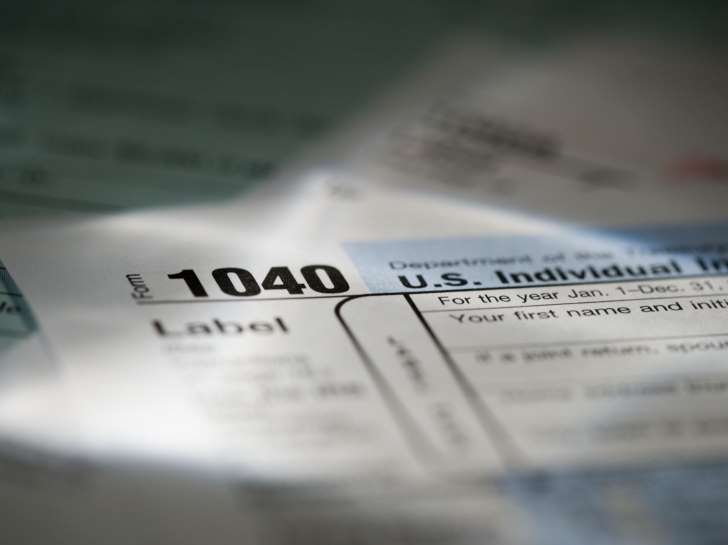
For most taxpayers, the start of the tax season usually means receiving a sizable refund check that can go toward savings, long-needed car repairs or a treat such as a vacation.
But this year, tens of millions of taxpayers will have to wait longer for that windfall.
As part of a law meant to cut down on tax fraud, the IRS will hold refunds for taxpayers claiming the earned income tax credit or the additional child tax credit until at least February 15. And because of holidays and weekends, those refunds may not actually land in people’s bank accounts until closer to the end of the month, the IRS estimates.
“For many customers . . . the tax refund is the largest single financial transaction they’ll do all year,” says Brian Ashcraft, director of tax compliance for Liberty Tax Service. “So it can really have an impact on them.”
Both credits have been a big target of fraudsters in the past because of the potential to cash in lucrative refunds.
The EITC is a tax break claimed by workers with low- to moderate-incomes. The credit maxes out at $6,269 this year for families with three or more children. The additional child tax credit is claimed by taxpayers who have children and who meet certain income requirements. That credit maxes out at $1,000 per child. The credits are refundable, meaning taxpayers can have the tax breaks paid out as a tax refund even if they don’t owe any taxes.
The move is expected to give the IRS more time to verify tax returns before it cuts the checks. Some 24 percent of the EITC payments made in 2015 were erroneous, leading to $15.6 billion in improper payments, according to the Treasury Inspector General for Tax Administration, which oversees the IRS. Some of those errors happen by mistake because the credit is complicated, and others are caused by taxpayers purposely trying to claim larger refunds, the agency says.
Roughly 30 million tax returns claim the earned income tax credit or the additional child tax credit each year, and about half of those returns are filed before Feb. 15, according to estimates from H&R Block.
Despite the change, people should still file their returns early, tax preparers and the IRS say, to give the IRS more time to review the documents and to avoid further delays with their refund checks.
Consumers affected by the delays should keep in mind that status updates for when their tax refunds will arrive may not be available on the IRS’s “Where’s my refund” tool until after Feb. 15.
Here are a few other tips and changes to be aware of this year:
– Tax Day is April 18. Taxpayers have a few extra days to file their returns this year, with the tax deadline falling on Tuesday, April 18. (The typical deadline of April 15 falls on a Saturday and Emancipation Day, a legal holiday in Washington, D.C., will be observed on the following Monday.)
– Find your old tax return. Taxpayers who use a different tax software provider this year should dig up their tax returns from last year. They may need to provide the adjusted gross income from their 2015 tax returns to help verify their identities, according to the IRS. In the past, taxpayers could enter their adjusted gross income or their electronic filing PINs to confirm their identities, but e-file PINS will no longer be an option.
– Identification numbers expiring. Some taxpayers who don’t have Social Security numbers may need to renew the identification numbers they use to file their returns, known as the Individual Taxpayer Identification Number, or ITIN. Numbers that have not been used at least once in the last three years are no longer valid. Numbers issued before 2013 will also start expiring this year. Taxpayers who need a new ITIN can apply in person at an IRS center or by filing the tax form W-7.
(c) 2017, The Washington Post · Jonnelle Marte
{Matzav.com}












Misleading somewhat. Self select PINs will still be valid.